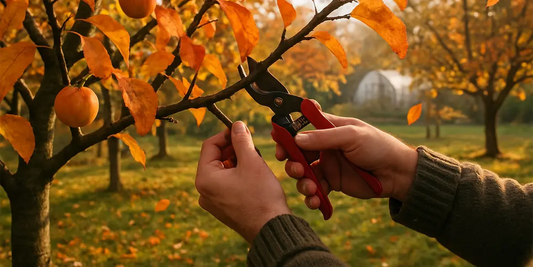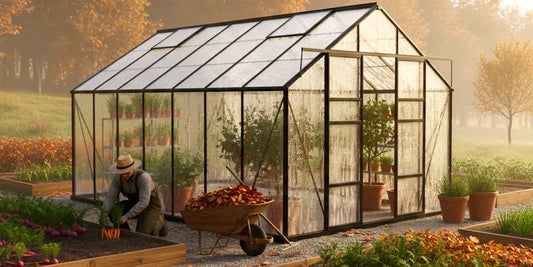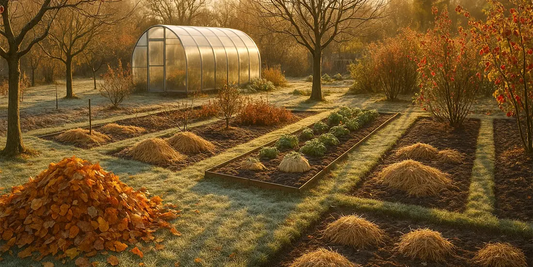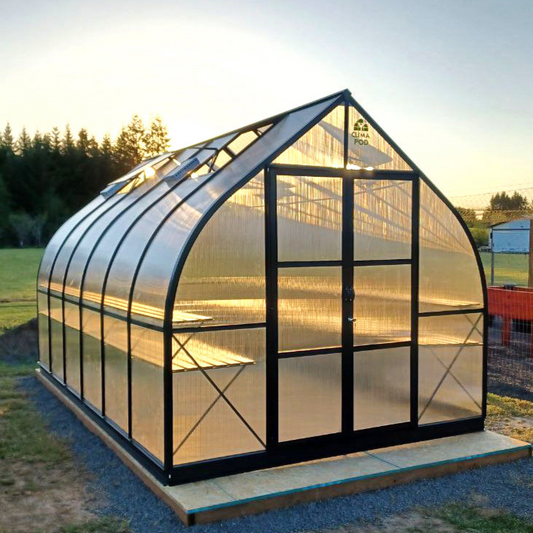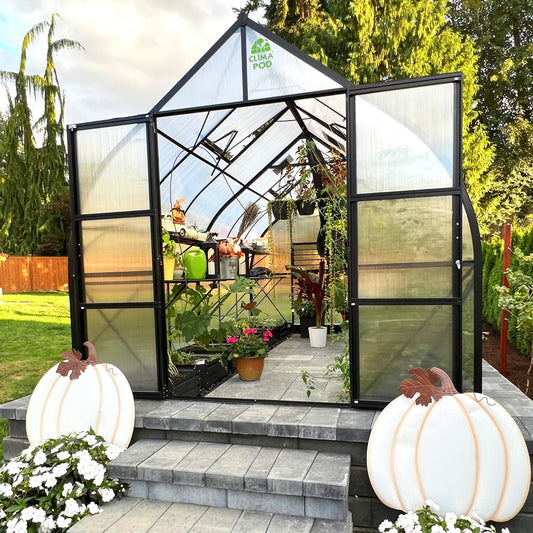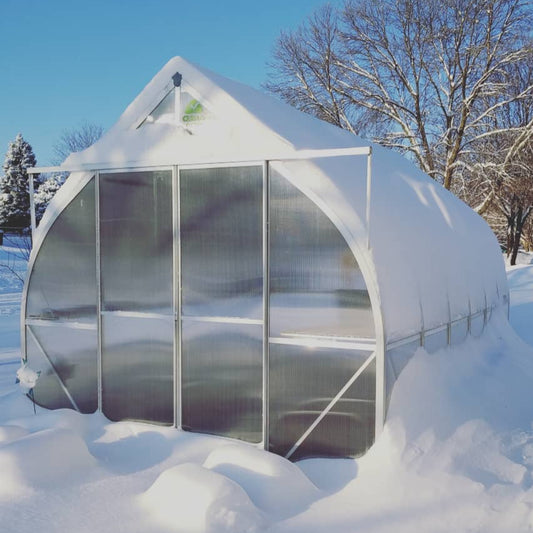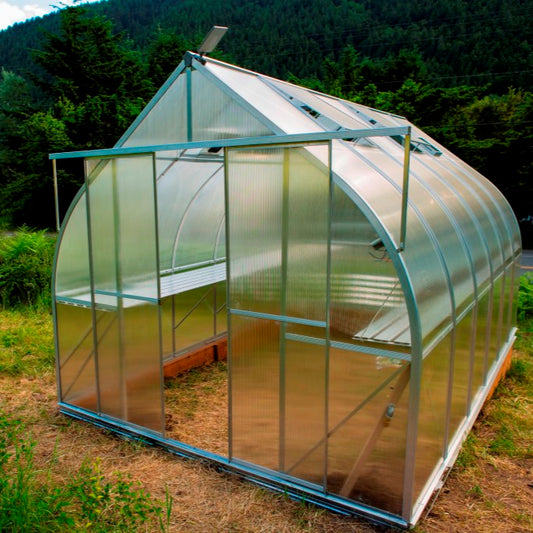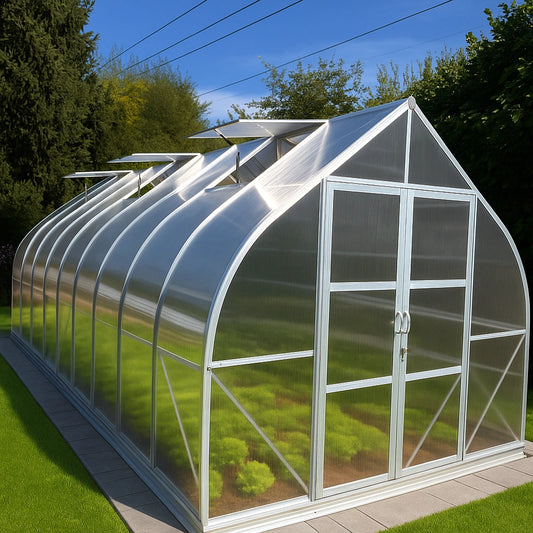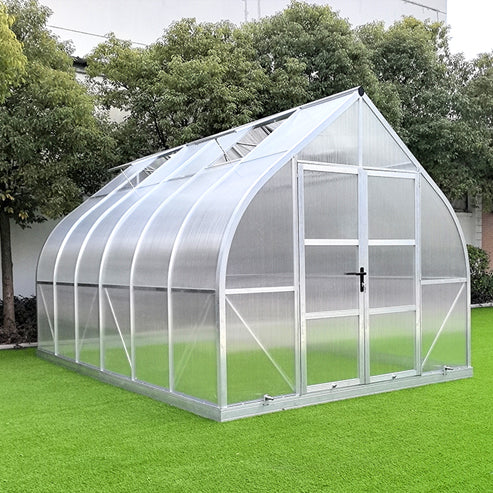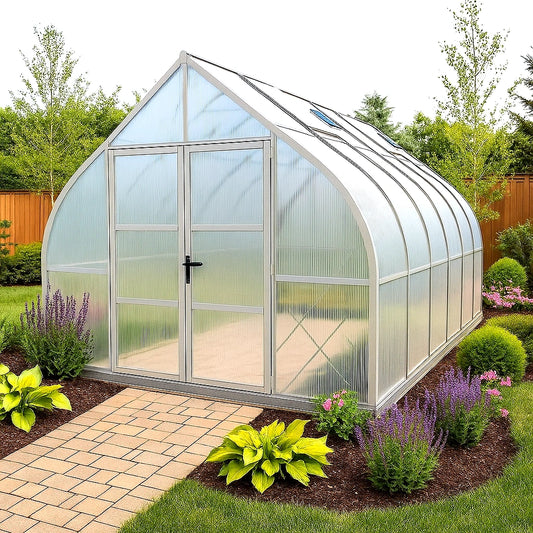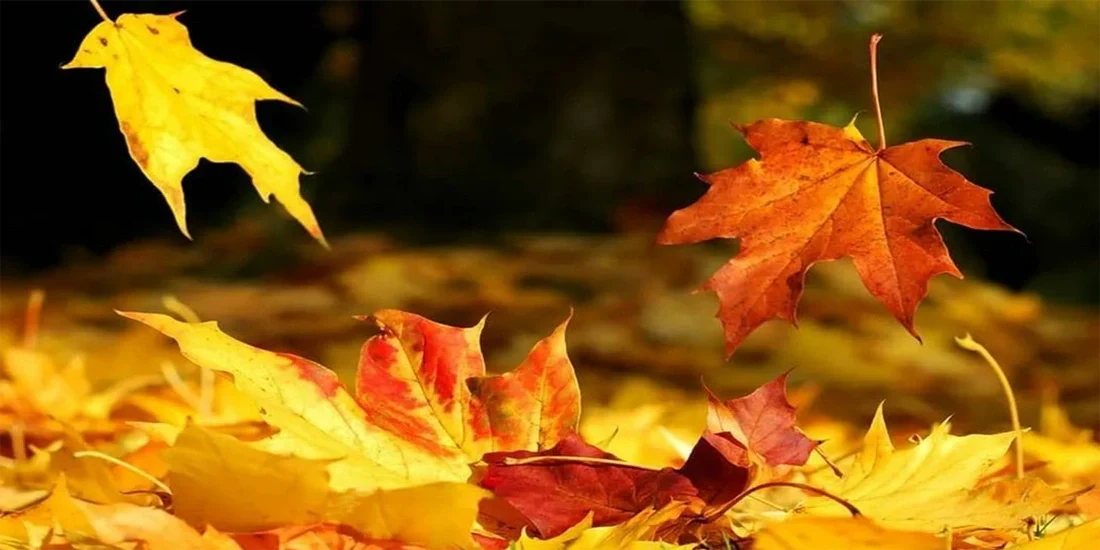
Leaf Mold Compost: A Sustainable Boost for Your Garden
Leaf mold is an effective soil conditioner, an excellent mulch, and a natural acidifier for plants that thrive in acidic soil. It’s easy to make from fallen autumn leaves that are freely available in your garden or neighborhood. With just a bit of patience and the right process, you can turn leaf litter into garden gold.
Table of Contents
- Why Use Leaf Mold?
- How to Collect Leaves
- How to Make Leaf Mold
- What Leaves Work Best
- Using Leaf Mold in the Garden
- Tips by USDA Growing Zones
Why Use Leaf Mold?
Leaf mold is prized for its ability to improve soil structure. It increases moisture retention near plant roots, which helps them survive summer droughts and reduces the need for frequent watering. It creates a welcoming habitat for earthworms, and semi-finished mold is a valuable addition to garden compost. Using fallen leaves instead of burning them is eco-friendly and protects air quality in your community.
Many gardeners also appreciate leaf mold for its gentle, long-lasting effects. Unlike synthetic soil amendments that act quickly but fade fast, leaf mold improves the soil gradually over time. The crumbly, earthy texture also makes it pleasant to handle, especially for gardeners who enjoy working with their hands in the cooler months.
How to Collect Leaves
Use fan rakes to gather leaves around flower beds and shrubs without damaging nearby plants. On open lawns or patios, consider leaf vacuums or lawn mowers with mulching capability. These tools shred the leaves and collect them into a bag or basket, saving time and effort. Shredded leaves break down significantly faster.
In smaller gardens, many gardeners still prefer to collect leaves by hand. It’s a peaceful task that allows you to spend more time observing your plants as they enter dormancy. Leaves can also be gathered from nearby sidewalks, local parks (where permitted), or even neighbors’ yards, provided you avoid those contaminated with herbicides or road salt.
Tips:
- Wet leaves break down more quickly than dry ones.
- Collect leaves regularly to avoid compacted mats.
- Use lawn mowers on their highest setting to shred dry leaves effectively.
How to Make Leaf Mold

Here’s a simple plan to start making your own leaf mold at home:
- Gather and moisten leaves. Wet them if they’re dry.
-
Contain them in one of the following:
- A DIY bin made with four stakes and chicken wire
- Large black plastic bags (poke holes for airflow)
- Commercial composting bags available in garden centers
- Compress the leaves slightly to remove large air pockets.
- Store in a shaded, protected spot in your yard.
Some gardeners add a handful of finished compost or a bit of garden soil to introduce helpful microbes and fungi. Others mix in green waste like grass clippings or vegetable trimmings to provide nitrogen and help balance decomposition. The process is largely passive, requiring minimal turning or attention, ideal for the quieter pace of fall garden care.
What Leaves Work Best?
Most deciduous tree leaves decompose well within one year under the right conditions. Ideal types include maple, oak, birch, hawthorn, and hazelnut. These leaves break down into a soft, rich texture that improves both clay and sandy soils.
In contrast, evergreen and coniferous leaves (like pine needles) tend to be more resistant and may take several years to break down. If you do choose to include them, shredding is essential. A mix of fast- and slow-decomposing leaves will provide both quick results and longer-lasting organic matter.
Using Leaf Mold in the Garden
Young leaf mold (ready in 6–24 months) still has some visible leaf fragments. It’s great for improving garden soil, mulching around shrubs and perennials, leveling uneven lawns, and protecting plants like chrysanthemums before winter. It may not look perfect, but it provides fantastic structure and water retention.
Some gardeners like to dig young leaf mold into vegetable beds in late fall, letting it slowly incorporate over winter with the help of worms and frost action. It also works well as a top-dressing for dormant perennials and berry bushes, especially in windy or erosion-prone areas.
Mature leaf mold (ready in 1.5–3 years) is dark, crumbly, and uniform. It’s excellent for seed starting mixes, houseplant soil (when mixed with compost and sand), or container gardening. Because of its fine texture and stable composition, mature leaf mold can also serve as a base for homemade potting mixes.
Tips by USDA Growing Zones

Zones 3–5: Start your piles early in fall to ensure enough time for fungal activity before deep freezes. Consider placing bins near a south-facing wall or under evergreen trees for protection.
Zones 6–8: You can continue adding leaves into winter. Shredding is especially helpful in these zones to finish within one year. Moisture retention is key, so cover bins with breathable material like burlap if needed.
Zones 9–11: Use shaded, moist areas for storage to avoid excessive drying. Monitor moisture and turn piles occasionally. In these warmer regions, leaf mold can be ready faster—but it also requires vigilance against pests and drying winds.
Conclusion
Leaf mold compost is a powerful tool for any gardener or greenhouse grower looking to enrich their soil naturally and sustainably. With minimal effort and zero cost, you can turn autumn's waste into one of the best soil amendments available. Start this season — your garden will thank you!

